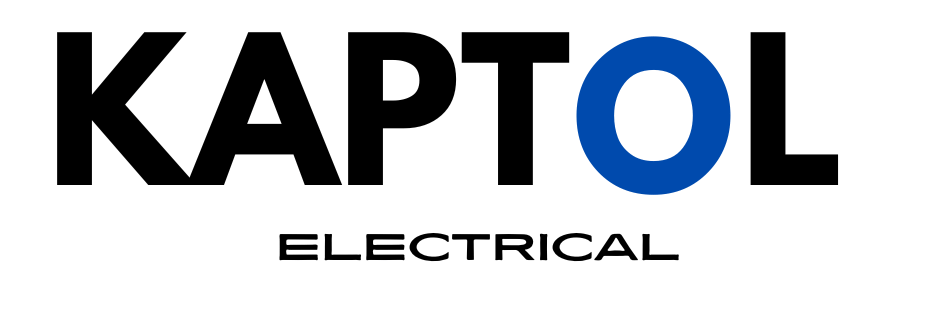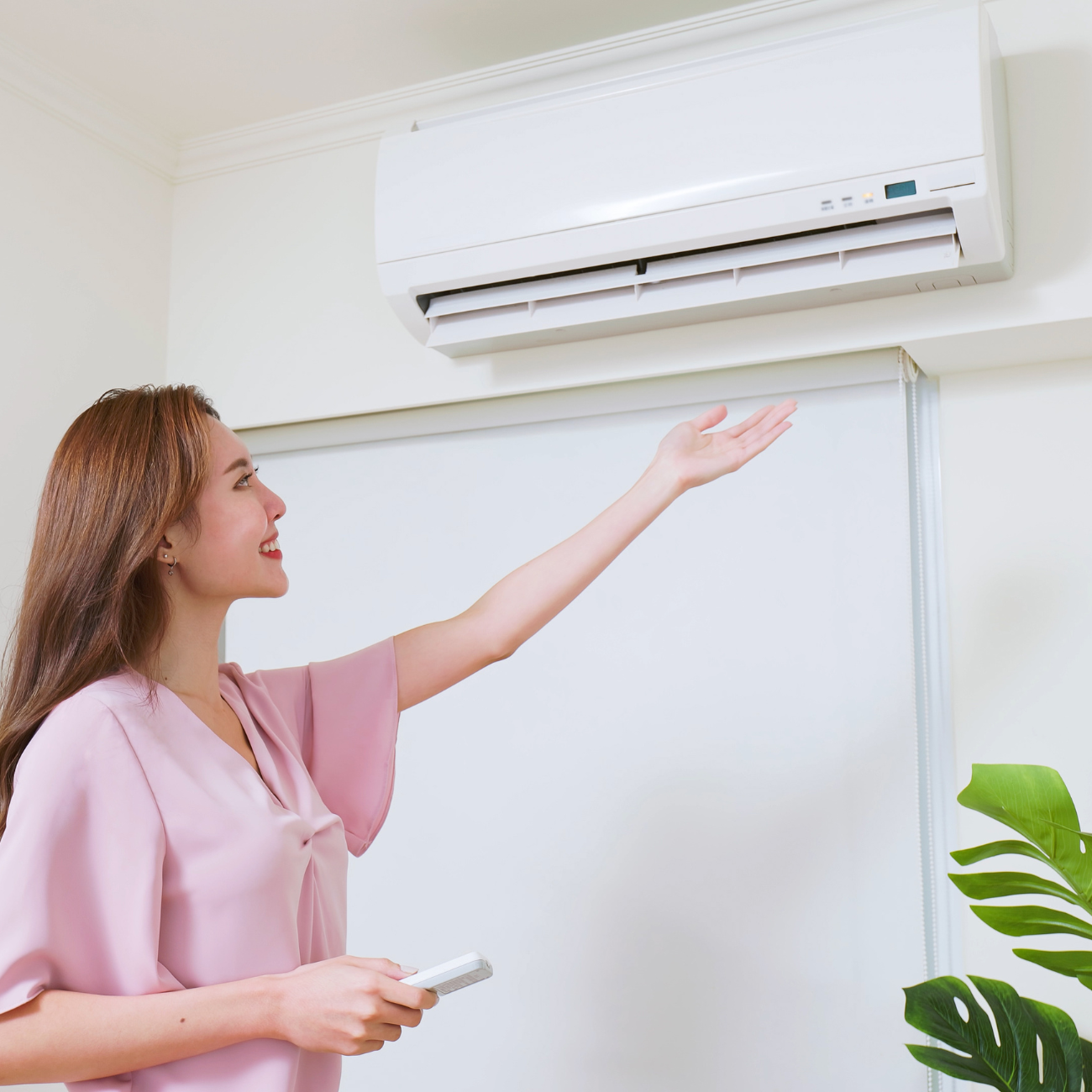Air Conditioning
Reverse Cycle Air Conditioners.
Reverse cycle air conditioners, also known as heat pumps, are versatile and efficient climate control systems used for both heating and cooling. Unlike conventional air conditioners which only cool the air, reverse cycle units can reverse the cooling process to provide heating as well. This is achieved through the use of a refrigerant and a compressor, which can change the direction of the refrigerant flow.
In cooling mode, a reverse cycle air conditioner absorbs heat from inside the room and expels it outside, thereby cooling the interior. In heating mode, the process is reversed: the unit extracts heat from the outside air (even in cold conditions) and releases it inside. This makes them particularly efficient, as they are moving heat rather than generating it from scratch.
These systems are known for their energy efficiency, cost-effectiveness, and environmental friendliness compared to traditional heating methods like furnaces and electric heaters. They are suitable for a wide range of climates and are widely used in both residential and commercial settings.
Advantages Of Installing Reverse Cycle Air Conditioning
- Energy Efficiency: One of the most significant benefits of reverse cycle air conditioners is their energy efficiency. They are capable of producing more energy (as heat or cooling) than they consume in electricity, making them more efficient than traditional electric heaters or air conditioners.
- Cost-Effective: Due to their energy efficiency, they can be more cost-effective in the long run. Although the initial investment may be higher than a standard air conditioner, the savings on energy bills can offset this over time.
- All-Season Use: Reverse cycle air conditioners can be used for both cooling and heating, making them versatile for year-round comfort in a variety of climates.
- Environmentally Friendly: They have a smaller carbon footprint compared to conventional heating methods like gas or electric heaters. This is because they use electricity to move heat rather than generate it, and modern units often use more environmentally friendly refrigerants.
- Consistent and Comfortable Climate Control: They provide a more consistent temperature and can maintain a set temperature within a narrow range, enhancing comfort.
- Air Purification and Humidification/Dehumidification: Many modern reverse cycle air conditioners also come with air purifying filters and humidity control features, improving indoor air quality.
- Quiet Operation: They tend to operate quietly, especially compared to standalone heaters or older air conditioning units.
- Longevity and Durability: These systems are generally durable and have a long lifespan with proper maintenance, offering good value for your investment.
- Safety: Since they don't rely on combustion to generate heat, there's no risk of gas leaks or carbon monoxide poisoning, making them a safer option than gas heaters.
- Space Saving: A single unit can provide both heating and cooling, saving space compared to having separate systems for each function.
How does Reverse Cycle Air Conditioning compare to Ducted?
The comparison between reverse cycle air conditioning and ducted air conditioning involves understanding their respective features, benefits, and ideal applications.
Reverse Cycle Air Conditioning
Functionality:
Reverse cycle air conditioners can both cool and heat air using a refrigerant and compressor system. They are essentially heat pumps.
Efficiency:
These units are highly energy-efficient, especially in climates with moderate heating and cooling needs.
Cost:
The initial cost can be higher than simple cooling-only units, but operational costs are generally lower due to their high energy efficiency.
Installation:
Easier to install in existing homes, as they don't always require ductwork (if considering split systems).
Flexibility:
Ideal for both heating and cooling needs; can be used year-round.
Space:
Usually requires less space than a ducted system, especially in the case of split systems.
Control:
Individual units (in the case of split systems) allow for zone control, but each area usually needs its own unit.
Ducted Air Conditioning
Functionality:
Primarily used for cooling, but some ducted systems can include reverse cycle functionality for both heating and cooling.
Efficiency:
Can be efficient, but the efficiency can decrease if the ductwork is not properly insulated or if it leaks.
Cost:
Often has a higher initial installation cost, especially in homes that do not have existing ductwork.
Installation:
Best installed during the construction phase of a home due to the complexity and invasiveness of installing ductwork.
Flexibility:
Primarily used for cooling; heating is possible if it’s a reverse cycle ducted system.
Space:
Requires significant space for ductwork, which can be a limitation in some homes.
Control:
Offers centralised control and can be zoned, but zoning can add to the complexity and cost of the system.
Ideal Applications
- Reverse Cycle Air Conditioning: Best for homes or buildings where both heating and cooling are needed but separate systems are not desired. More suitable for moderate climates and smaller spaces or where adding ductwork is impractical.
- Ducted Air Conditioning: Ideal for larger homes or buildings where a uniform temperature throughout is desired. Better suited for new constructions or buildings with existing ductwork.
The choice between reverse cycle and ducted air conditioning depends on specific needs like climate, building size, budget, and whether both heating and cooling are required. Reverse cycle units offer great flexibility and efficiency, especially for moderate climates and where installation space is limited. Ducted systems, on the other hand, are ideal for larger spaces where a more uniform climate control is needed across multiple rooms.



